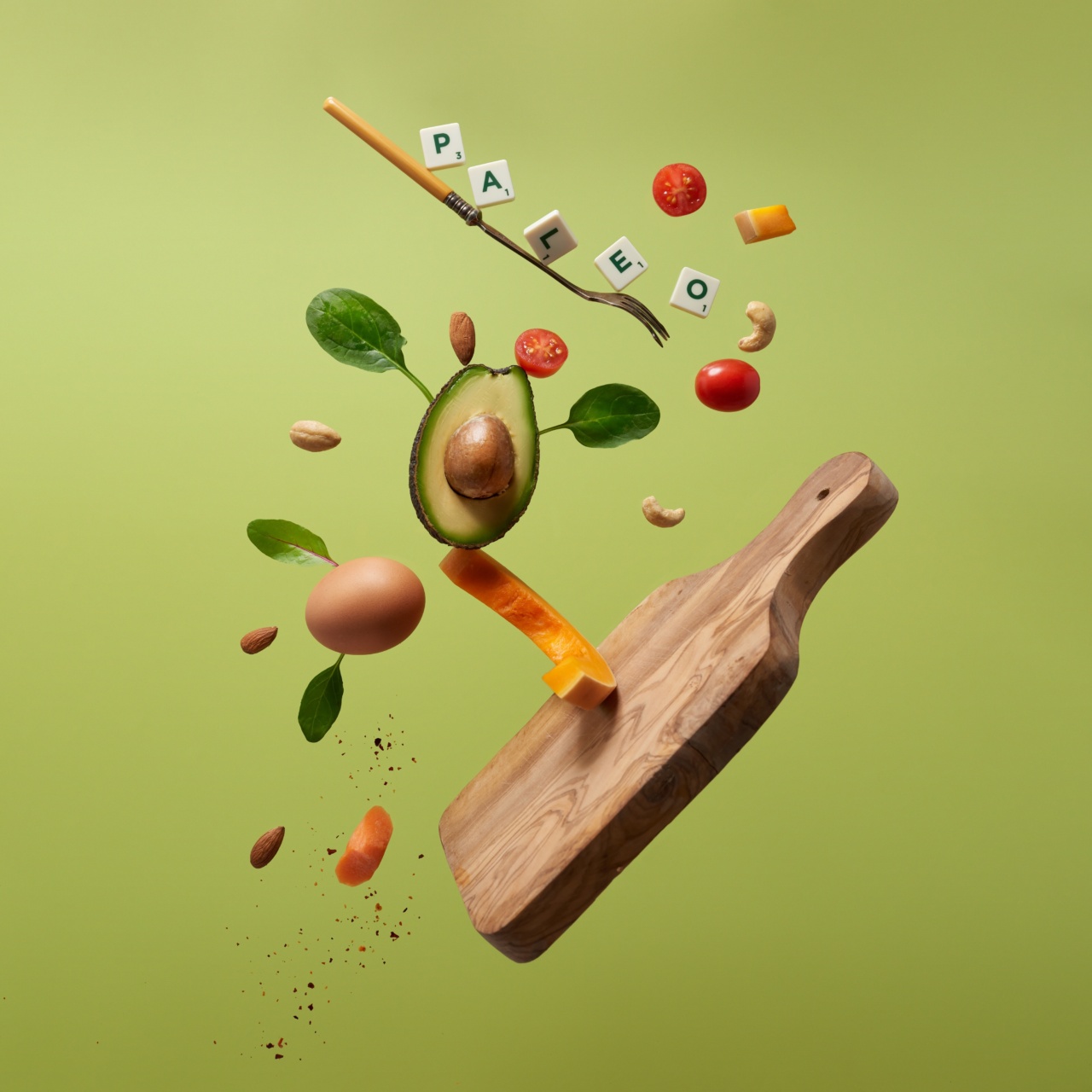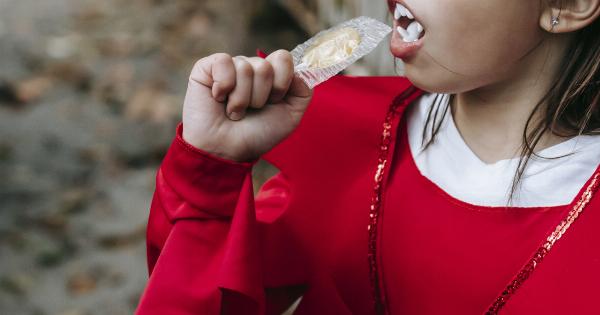The Paleo diet, also known as the Caveman diet, Stone Age diet or Hunter-Gatherer diet, is a dietary lifestyle based on foods that were consumed by our ancestors during the Paleolithic era (approximately 2.6 million – 10,000 years ago).
The core objective of the Paleo diet is to adopt a basic, natural and balanced eating plan, which includes consuming foods that are minimally processed and rich in nutrients.
What to Eat on the Paleo Diet
The Paleo diet focuses on eating whole foods such as lean meats, fish, vegetables, fruits, nuts, and seeds. These foods are preferred over refined and processed foods that are often found in a modern diet.
In addition, dairy products, grains, and legumes are not allowed on the Paleo diet as they were not available during the Paleolithic era. Here’s a list of some of the foods you can eat:.
Meat
Lean meats are preferred on the Paleo diet as they contain high amounts of protein and low amounts of fat. Good options include beef, chicken, pork, lamb, and game meats such as bison or elk.
Seafood
Seafood is an excellent source of protein and healthy omega-3 fatty acids. Good options include salmon, trout, tuna, sardines, and shrimp.
Eggs
Eggs are a great source of protein, vitamins, and minerals. They can be prepared in many ways, such as boiled, fried, poached or scrambled.
Vegetables
Vegetables are rich in fiber, vitamins, minerals and antioxidants. Leafy greens such as kale, spinach, and lettuce can be eaten raw or cooked, while other vegetables like broccoli, cauliflower, and sweet potato can be roasted or mashed.
Fruit
Fruit provides the body with carbohydrates, vitamins, and fiber. Berries, such as strawberries, blueberries, and blackberries, are an excellent source of antioxidants.
Nuts and Seeds
Nuts and seeds are rich in healthy fats, fiber, and protein. They can be eaten as a snack or added to salads for extra crunch.
What to Avoid on the Paleo Diet
The Paleo diet eliminates foods that were not available during the Paleolithic era. Here’s a list of some of the foods that you should avoid:.
Grains and Legumes
Grains such as rice, wheat, oats, and barley and legumes such as lentils, beans, and peas are not allowed on the Paleo Diet as they were not common during the Paleolithic era. They are also known to cause inflammation and irritate the gut.
Dairy Products
Cows were not domesticated in the Paleolithic era, so dairy products such as milk, cheese, and yogurt are not allowed on the Paleo Diet.
Processed Foods
Processed foods, including snacks, cookies, cakes, and soft drinks, are high in sugar, salt, and unhealthy fats, and should be avoided on the Paleo Diet.
Alcohol
While some forms of alcohol, such as red wine, can be consumed in moderation, beer, spirits, and other high-sugar alcohols should be avoided on the Paleo Diet.
Benefits of the Paleo Diet
The Paleo diet has many benefits, including:.
Weight Loss
Following the Paleo diet can aid in weight loss as a result of the elimination of processed foods and foods that are high in sugar and unhealthy fats.
Improved Digestion
The Paleo diet eliminates grains and legumes, which may cause digestive issues such as bloating, gas, and diarrhea.
Reduced Inflammation
Certain foods like grains and legumes can cause inflammation in the gut, leading to issues with the immune system. Eliminating them from the diet may reduce inflammation in the body.
Improved Energy and Mood
The Paleo diet is rich in natural, whole foods that are nutrient-dense and can provide the body with sustained energy levels. Additionally, the elimination of high-sugar, high-fat, and processed foods can improve mood and focus.
Conclusion
The Paleo diet can provide numerous benefits for overall health and wellbeing. By following a lifestyle that is based on whole, healthy foods and limiting processed foods, individuals can achieve a natural and balanced diet.
Incorporating the Paleo diet into one’s life takes effort and dedication but can lead to better overall health in the long run.



























